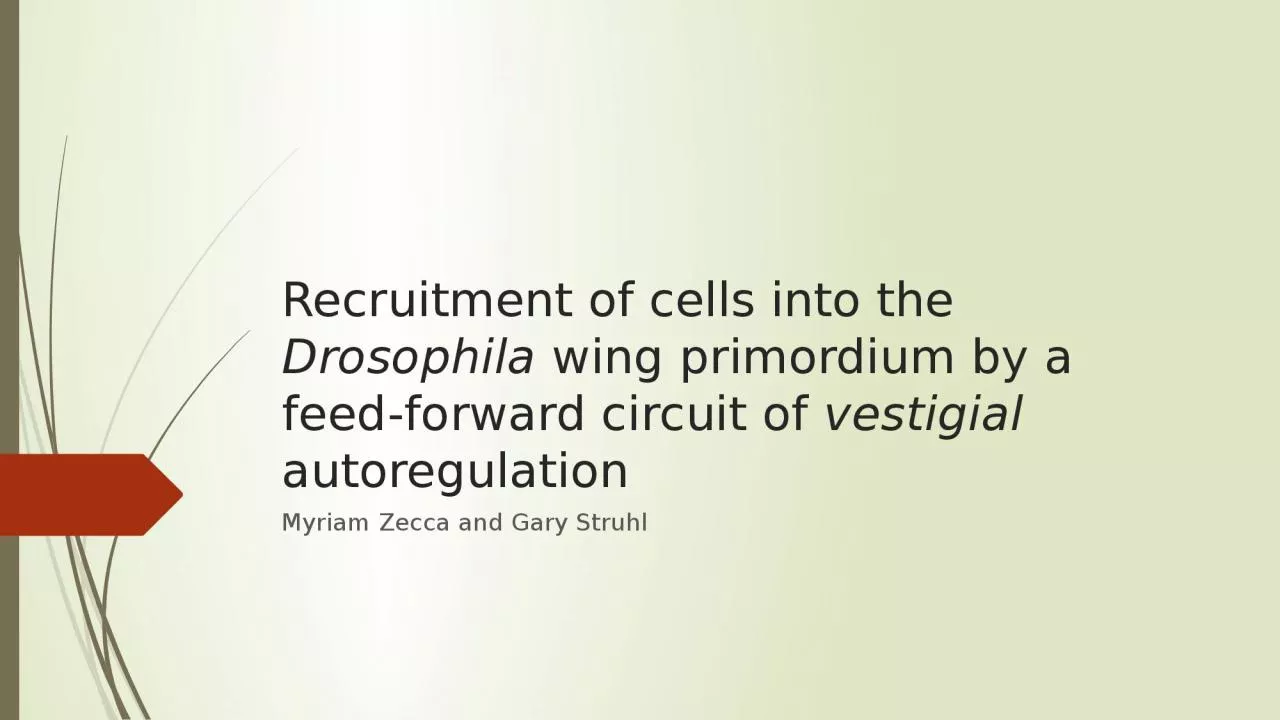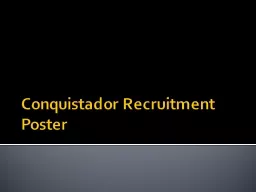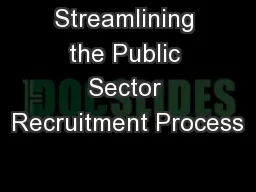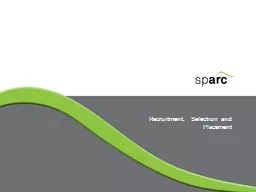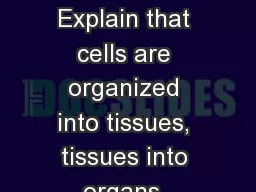PPT-Recruitment of cells into the
Author : natalie | Published Date : 2023-07-27
Drosophila wing primordium by a feedforward circuit of vestigial autoregulation Myriam Zecca and Gary Struhl Important questions What is a feedforward mechanism
Presentation Embed Code
Download Presentation
Download Presentation The PPT/PDF document "Recruitment of cells into the" is the property of its rightful owner. Permission is granted to download and print the materials on this website for personal, non-commercial use only, and to display it on your personal computer provided you do not modify the materials and that you retain all copyright notices contained in the materials. By downloading content from our website, you accept the terms of this agreement.
Recruitment of cells into the: Transcript
Download Rules Of Document
"Recruitment of cells into the"The content belongs to its owner. You may download and print it for personal use, without modification, and keep all copyright notices. By downloading, you agree to these terms.
Related Documents

